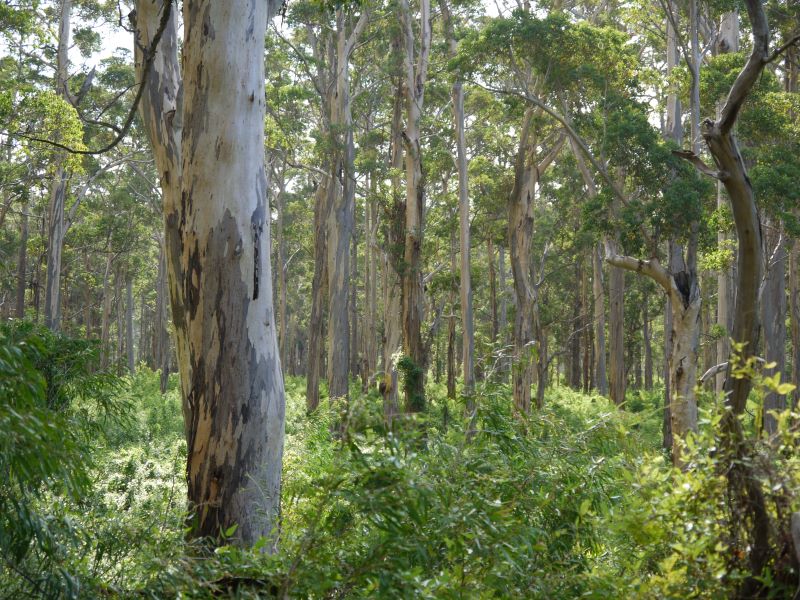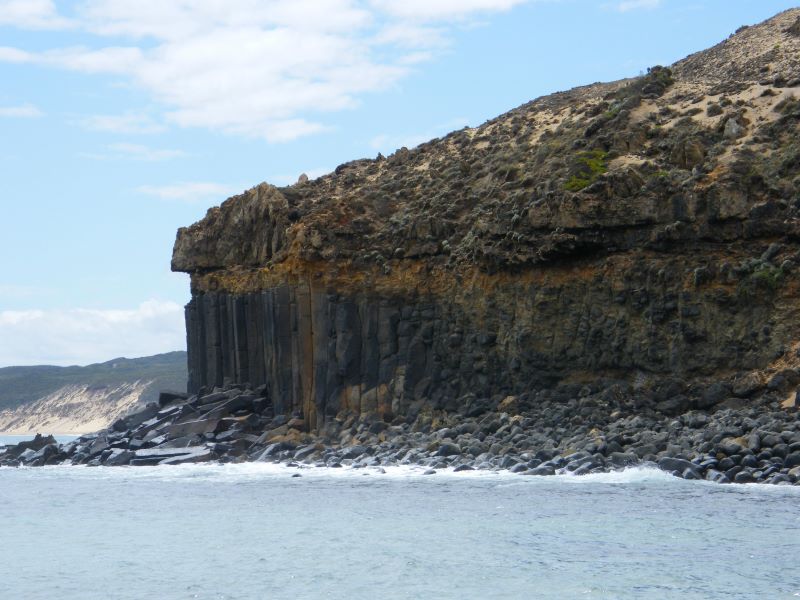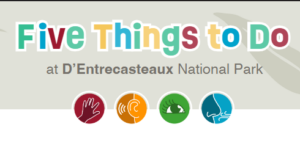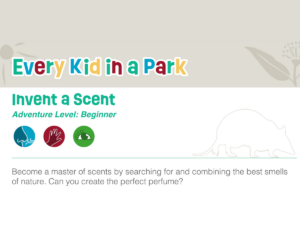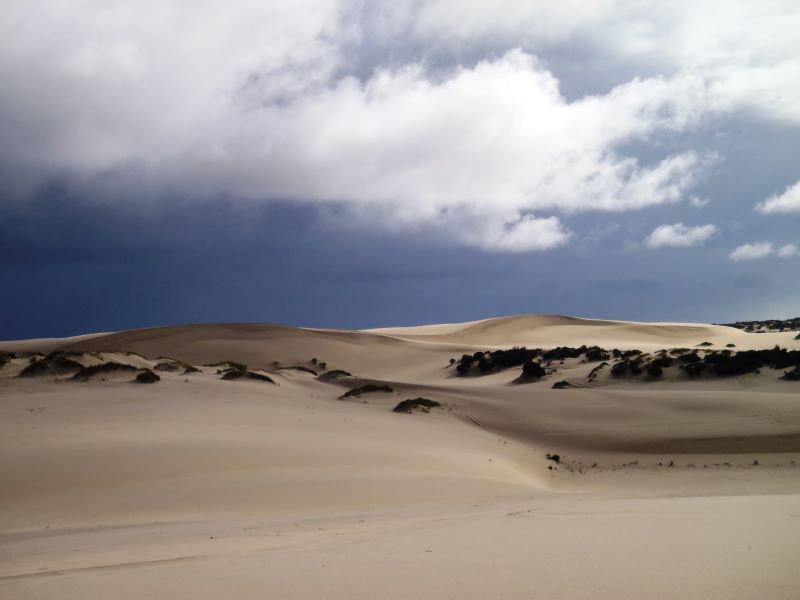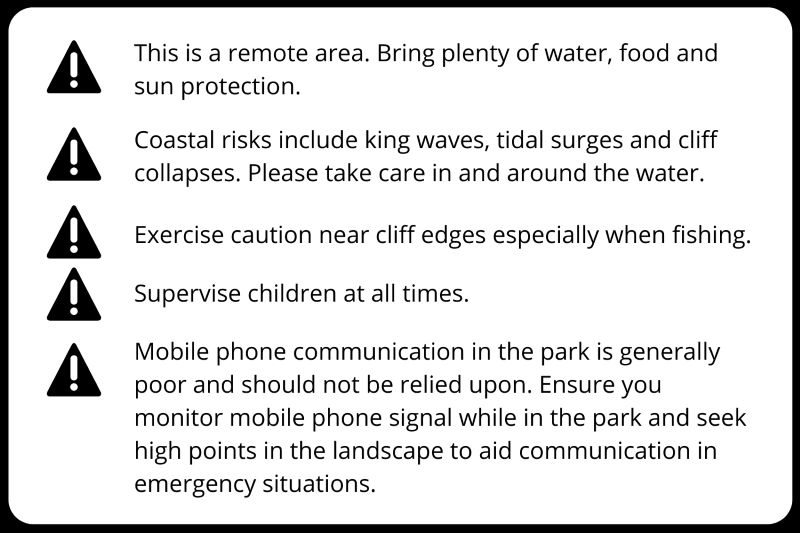D’Entrecasteaux National Park
Website Accessibility
For a more accessible experience of our website, you'll notice our Accessibility Tool in the corner of your screen. Click on the button to access the user-triggered customisations.
Cultural Recognition
We recognise and acknowledge Bibbulman and Menang people as the traditional owners of D'Entrecasteaux National Park.
Overview of D'Entrecasteaux National Park
Let's explore the picturesque D'Entrecasteaux National Park, located 4.5 hours south of Perth.
An impressive name for an impressive park, D’Entrecasteaux National Park is named after French Admiral Bruni D’Entrecasteaux, who sailed past the area in 1792. Though, we know through fossil evidence that the Bibbulman and Menang Aboriginal people have lived here for over 6,000 years!
This coastal park comprises scenic, stretching beaches, dramatic cliffs, forests, lakes and sand dunes. While much of the park can only be explored with a four-wheel drive, Windy Harbour is a central area featuring beaches and walk trails, and is two-wheel drive accessible.
Swimming, fishing, snorkelling, surfing and bushwalking are popular activities at D’Entrecasteaux National Park.
We recommend staying overnight at one of the numerous campgrounds, so you can explore as much of the park as possible – see our Points of Interest sections for more!
Keep an eye out for southern right whales from September to November, and New Zealand fur seals at Black Point. A range of native animals thrive in the park’s varied environment, which you can read more about in our Biodiversity section.
You’ll need to pay to enter this park, to support the ongoing protection of the environment and management of the park's visitor services and facilities. No pets are allowed.
Cost of Entry*
Private vehicle with up to 12 occupants
- $17 per vehicle
- $10 per vehicle concession
Private vehicle with more than 12 occupants
- $8 per occupant 6 years or older
- $3.50 per occupant concession
Motorcycle
- $10 per motorbike
- No concession
No entry fee applies if you walk or cycle into the park.
*Prices accurate as of January 2024, refer to the Explore Parks WA website for up to date pricing.
Download the Every Kid in a Park app to use the interpretive map featuring photographs and additional information about each point.
Points of Interest
Key amenities and points of interest include:
- Black Point
- Broke Inlet
- Coodamurrup Hut Campground
- Donnelly Boat Landing
- Mandalay Beach
- Point D’Entrecasteaux
- Salmon Beach
- Tookulup
- Windy Harbour
- Yeagarup
Resources
Nature Play WA is currently creating fun and interactive resources for D’Entrecasteaux National Park. Throughout December, we will be releasing these resources to assist families in planning their visit to the park.
This resource is all about our five favourite things to do at D’Entrecasteaux National Park. It’s available to download here, to help you plan your visit. Download your copy
Every Kid in a Park Resources
Discover fun activities to do at any park!
Become a master of scents by searching for and combining the best smells of nature. Can you create the perfect perfume? This document is available to download as a PDF or Accessible Word version, to help you plan your visit. Download PDF version Download Accessible Word version
Sounds are only for our ears……. or are they? Find a quiet spot to sit and listen. What can you hear? Use this activity sheet to record and describe the sounds. This document is available to download here. Download your copy
Use this activity sheet to go on an adventure and explore textures around the park! Touch leaves, bark and even the ground, and describe the features. This document is available as a PDF and an Accessible Word version, to help you plan your visit. Download PDF Download Accessible Word version
With the help of this activity sheet, you’re going to attempt to overcome a fear. That means it’s time to put on a brave face! This document is available to download here. Download your copy
Explore the world through your feet with the help of this activity sheet. On your next outdoor adventure, take off your shoes and play barefoot for a new sensory experience! This document is available to download here. Download your copy
For some people, finding a special quiet place helps them connect to nature. Use this activity sheet to find a place in nature of your own. This document is available to download here. Download your copy
Plants grow in all shapes and sizes; just like people! Use this activity sheet to explore the natural environment, or have someone describe it to you. This document is available to download here. Download your copy
Find a good place to sit or lay down and watch the clouds in the sky. Take notice of their colours, textures and shapes, or have someone describe these to you. Use this activity sheet to create a story in the sky! This document is available to download here. Download your copy
Being aware of your surroundings is a wonderful skill. In this activity, you will be using your senses to test your awareness of the natural environment! This document is available to download here. Download your copy
There are so many colours in the natural world. In this activity, you’ll head outdoors with a trusted person as you explore the rainbow of colours and count the shades of nature together. This document is available to download here. Download your copy
Biodiversity
There are a range of vegetation types in D’Entrecasteaux National Park including coastal dunes, wetland, woodland and forest, and with them come a great range of plants and animals.
Peppermint trees, marri, jarrah and karri are the main forest types of the park. It’s a great place to look for orchids, including the south coast spider orchid, blue fairy orchid, donkey orchids, and zebra orchids. Parrot bush, bull banksia, cockies tongue and cut-leaf hibbertia are some wonderful wildflowers you might spot in spring.
In both marine waters and inland freshwater lakes, you’ll find plenty of waterbirds and seabirds, including silver gulls, sooty oystercatchers, ruddy turnstones and Australian pied cormorants. Rock parrots can be spotted along the beach, in coastal scrub, or in sand dunes. The New Holland honeyeater, welcome swallow and splendid fairy-wren are just some of the birds that prefer the forest.
When it comes to reptiles, you might spot a marbled gecko, western three-lined skink, south-western crevice skink or Muller’s snake. Keep an ear out for the slender tree frog – an amphibian with a grating ‘grrrk’ call. Kangaroos, quokkas, possums and bandicoots also call the park home.
The freshwater cobbler, mangrove mullet, blue spot goby and western minnow are fish found in the fresh and marine waters of the park. Southern right whales can be spotted along the coast between September and November as they migrate north.
Safety
We suggest taking time before your visit to read through the safety information. We recommend visiting the Explore Parks WA website to plan when to visit D'Entrecasteaux National Park.
D'Entrecasteaux National Park is a great place for bushwalking. Before you head out in nature, visit the Explore Parks WA website for tips on bushwalking safety.
D'Entrecasteaux National Park is a remote area with numerous bodies of water. Follow these precautions to ensure you stay safe in the park and around water:
- This is a remote area. Bring plenty of water, food and sun protection.
- Coastal risks include king waves, tidal surges and cliff collapses. Please take care in and around the water.
- Exercise extreme caution near cliff edges especially when fishing.
- Supervise children at all times.
- Mobile phone communication in the park is generally poor and should not be relied upon. Ensure you monitor mobile phone signal while in the park and seek high points in the landscape to aid communication during emergency situations.
In spring and summer, many reptiles emerge to bask in the sun. During this time you should take precautions to minimise the chance of encountering snakes:
- Take care in bushland and grassy areas.
- Walk in cleared areas only, where you can see the ground, and keep to established tracks.
- When bushwalking, wear long trousers and boots or other enclosed footwear that preferably cover the ankles.
- Keep a watchful eye on the ground about a metre ahead of where you are walking, and avoid entering areas of long grass, rushes and undergrowth
Conservation
A very significant threat to the incredible biodiversity of our WA parks is Phytophthora dieback. Once introduced, it’s almost impossible to remove.
Not only can susceptible plants be wiped-out by dieback, but the animals who rely on the vegetation for food and shelter can consequently be displaced.
Dieback is mainly spread by people – on their shoes, camping gear and cars.
It’s vital that D'Entrecasteaux National Park is protected from dieback. Here are some steps you can take to limit your chance of spreading it:
- Clean your shoes of any dirt or mud in advance or use boot cleaning stations.
- Ensure all camping gear is clean prior to your visit.
- Wash the underside and tyres of your vehicle.
- Respect road closures. Roads may be closed during wet weather to prevent the spread of dieback, which can be easily transported by mud.
Some general steps to follow to help conserve the wildlife at D’Entrecasteaux National Park include:
- Taking your rubbish with you when there are no bins provided
- Not picking or removing wildflowers
- Driving slowly to avoid harming wildlife
- Not feeding wildlife
- Sticking to official walk trails and four-wheel drive tracks
Visit Explore Parks WA website for more information about D'Entrecasteaux National Park.
Acknowledgements
Nature Play WA would like to thank the Department of Biodiversity, Conservation and Attractions for providing valuable information about D'Entrecasteaux National Park.

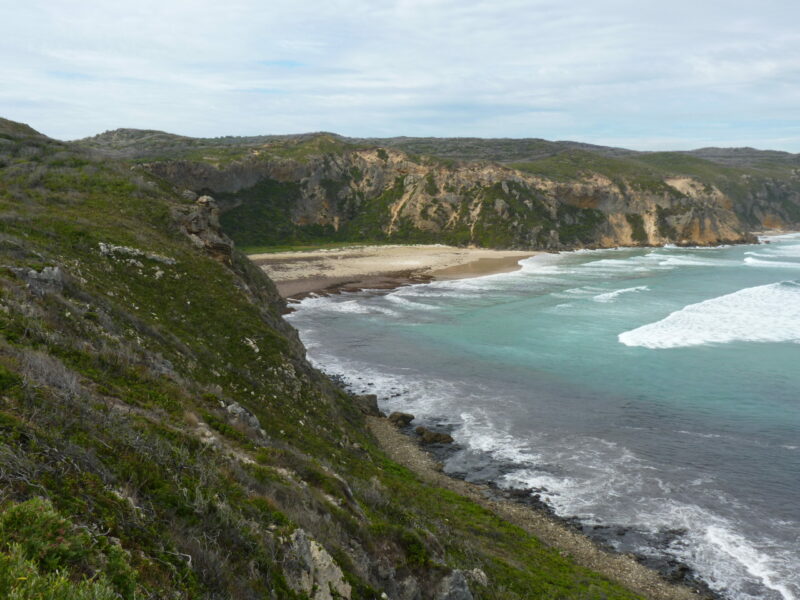
 Empty heading
Empty heading


